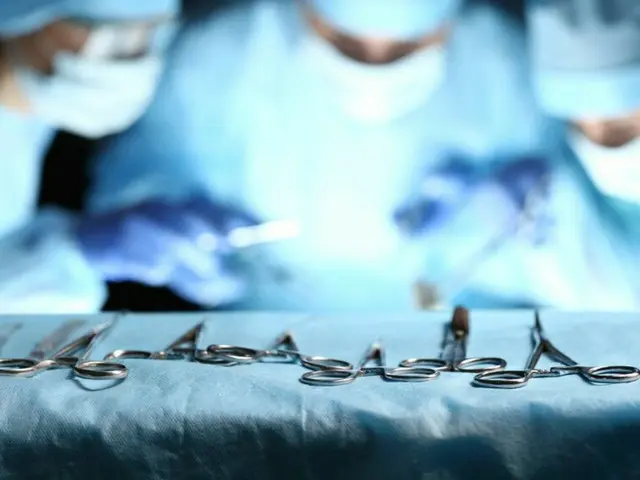Aiming to expand the academic capacity, we will expand the number of medical personnel in essential medical fields such as internal medicine, surgery, obstetrics and gynecology, and pediatrics. The problem of shortage of doctors in South Korea occurs at a time when the overall number of doctors and hospitals is high compared to the rest of the world.
coming. The problem is that there is an overwhelming shortage of doctors in rural areas, and that doctors are avoiding the above-mentioned essential medical fields as their specialties and choosing cosmetic surgery, dermatology, etc.
This is due to the lack of doctors in this field. In 2020, it was reported that South Korea had the lowest number of doctors per 1,000 people among the member countries of the Organization for Economic Co-operation and Development (OECD). South Korea
According to the ``Health Care Human Resources Statistics and Implications for Major OECD Countries'' published by the National Legislative Research Service in the same year, the number of doctors per 1,000 people in South Korea is 2.3, which is the average for OECD member countries (
3.5 people), the lowest level among member countries. In response to this situation, medical students in South Korea went on strike in the summer of the same year to complain about the shortage of doctors. In a strike, all doctors
This is not due to a shortage of patients, but rather because the medical fees for doctors in high-risk fields such as surgery and obstetrics and gynecology are low, resulting in a shortage of doctors in these fields. invitation
It was argued that However, these appeals were in vain, and as of 2021, the number of doctors per 1,000 people remained at 2.6, which was not much different from the previous year.
The number of people remains the second lowest from the bottom in the country. By region, Seoul has the highest number of people at 3.47 people, and Gyeongsangbuk-do in the southeast has the least number of people at 1.39 people.
The disparity was clearly visible. Another strike by medical workers took place in July this year, with approximately 65,000 participants across the country.
The Korean government has begun to take measures seriously, and the medical community, patient groups, experts, etc.
An expert committee will be established under the participating Health and Medical Policy Council. Since August of this year, we have been discussing issues such as expanding the capacity of medical schools. The fifth meeting was held on the 17th of this month, at which the Ministry of Health and Welfare
Cho Gyu-hong, the secretary of the Ministry of Health, Labor and Welfare, said, ``We cannot postpone increasing the number of doctors any longer.'' Addressing the attendees, he said, ``People's expectations for an increase in the number of doctors are greater than ever, and social
"It is highly sought after by society," he said, calling for in-depth discussion. Minister Cho said, ``The government will also move forward with policy proposals from the medical community, such as reassigning doctors, raising medical fees, and easing the burden in the event of a medical accident.''
corresponds to the direction to Given that the shortage of doctors is an unavoidable reality, we would like to see concrete and feasible alternatives for discussion of a policy package to be promoted along with the expansion of human resources."
. Subsequently, on the 19th, the Ministry of Health and Welfare announced the ``Policy for Strengthening Essential Local Medical Care''. The government aims to expand the capacity of medical schools and increase the number of personnel in essential medical fields with the aim of starting the application next year. Also, the neck
We will strengthen the response capacity of local national university hospitals so that people can receive intensive care and emergency treatment at local hospitals without having to go to large hospitals in the Tokyo area. As a way to achieve this, we will provide support to local national university hospitals.
Improve treatment by relaxing regulations and increasing the number of doctors and their fees. Additionally, cooperation between national university hospitals and local medical institutions will be strengthened. In addition, in order to establish doctors in essential medical fields, we will
The plan is to provide relief to patients and reduce the legal burden on medical personnel in the event a dispute arises due to medical reasons. On the other hand, there has been opposition from the medical community for some time regarding the increase in the number of students in medical schools, and on this day
The scale and direction of the increase in personnel were not disclosed. The government will set up a ``Regional/Essential Medical Innovation Task Force'' with national university hospitals and other organizations to formulate concrete effective measures and
We will announce and implement detailed implementation plans for each issue.
2023/10/23 11:59 KST
Copyrights(C)wowkorea.jp 5

